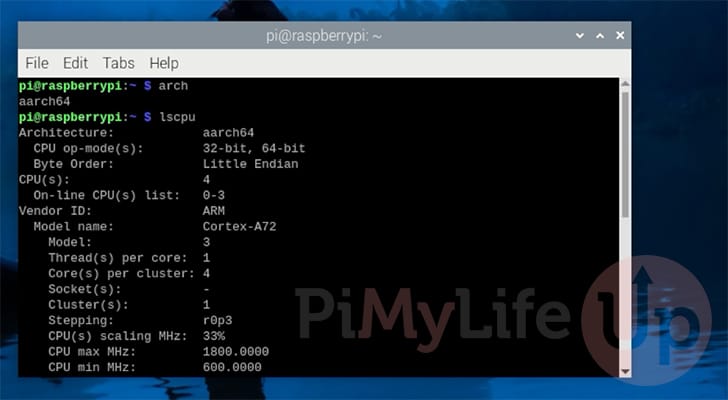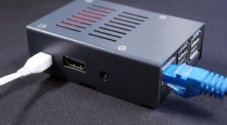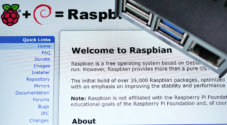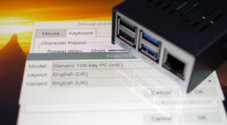In this quick guide, we will explore whether you should use a 32-bit or 64-bit operating system with your Raspberry Pi.

The Raspberry Pi has supported 64-bit operating systems since the release of the Raspberry Pi 3 and official operating system support since the release of Bullseye.
One of the questions that have been asked since the addition of this support is whether you should run a 32-bit or 64-bit operating system.
For those who only want a quick answer, if you are using a Raspberry Pi 3 or newer and have more than 2 GB of RAM, then you should use the 64-bit release of Raspberry Pi OS over the 32-bit version.
If you use a Raspberry Pi 2 or older or one of the Pi Zero releases, you are stuck with the 32-bit version of Raspberry Pi OS due to the processors used on those boards.
In the following section, we will explain why you would want to use a 64-bit OS over a 32-bit one. But also explain why you might want to stick to 32-bit.
If you already have Raspberry Pi OS installed, checking if you are using 32-bit or 64-bit is super simple.
Why to Raspberry Pi OS 64-bit over 32-bit
The most significant advantage of using a 64-bit version of Raspberry Pi OS over a 32-bit one is that the processor can handle significantly larger chunks of data at any one time.
Being able to crunch larger amounts of data has a couple of major benefits that we will quickly go over.
- Due to the increased address size, a program can access more than 4GB of RAM. Theoretically, you can address up to 16 million TB with a 64-bit operating system. A program running on a 32-bit OS can only address a maximum of 4GB of RAM.
While this never used to be an issue, recent versions of the Pi now offer 8GB of RAM. If you want your Raspberry Pi to make the most out of your RAM, then you will want to use a 64-bit OS over 32-bit. - Improved performance in various scenarios. This is because the CPU can process more data every cycle.
You will see the largest improvements with projects such as OpenCV.
Outside of the memory and performance improvements that a 64-bit Raspberry Pi offers over a 32-bit one, there are compatibility improvements.
In many cases, modern computing has all started to move to being 64-bit only. The easy access to memory and the affordability of 64-bit capable processors have removed developers’ need to continue offering 32-bit versions.
There are a couple of cases where that is relevant for the Raspberry Pi. For example, you can only install the UniFi Controller on a Pi running a 64-bit operating system. It will not function on a 32-bit OS.
Lastly, with the release of the Raspberry Pi 5, the 64-bit version of Raspberry Pi OS is now officially recommended over the 32-bit one for any Pi that supports it. This means there will be an increased focus on support for the 64-bit version by the Raspberry Pi Foundation.
Why Not to Use a 64-Bit Operating System on a Raspberry Pi
The only real downside of using a 64-bit operating system over a 32-bit one is that there can be an increased memory consumption.
A pointer in a program will need to reference the full 64 bits, leading to an increase in memory usage. Additionally, not all data types have a fixed size, meaning they may consume more memory than initially intended.
If you use a Raspberry Pi with 4GB of RAM or more, you will be better off going with a 64-bit release. The increased memory consumption will be minimal with that amount of RAM.
However, if you use a more memory-constrained Raspberry Pi, such as those with only 512 MB or 1 GB of RAM, you will want to stick with 32-bit over 64-bit. While the memory increase from 64-bit isn’t significant, it can become problematic with such low-memory systems.
Conclusion
Hopefully, at this stage, you will understand why you might want to use a 64-bit operating system over a 32-bit one on your Raspberry Pi.
For most newer users, you will be better off moving to 64-bit. The only real case where 32-bit will still be beneficial is if you are using a Pi older than the 3rd generation or have a Pi with limited memory.
Please feel free to comment if you have any questions about why you might want to use one architecture over the other.
If you found this guide to be helpful, we highly recommend checking out our other Raspberry Pi tutorials.









